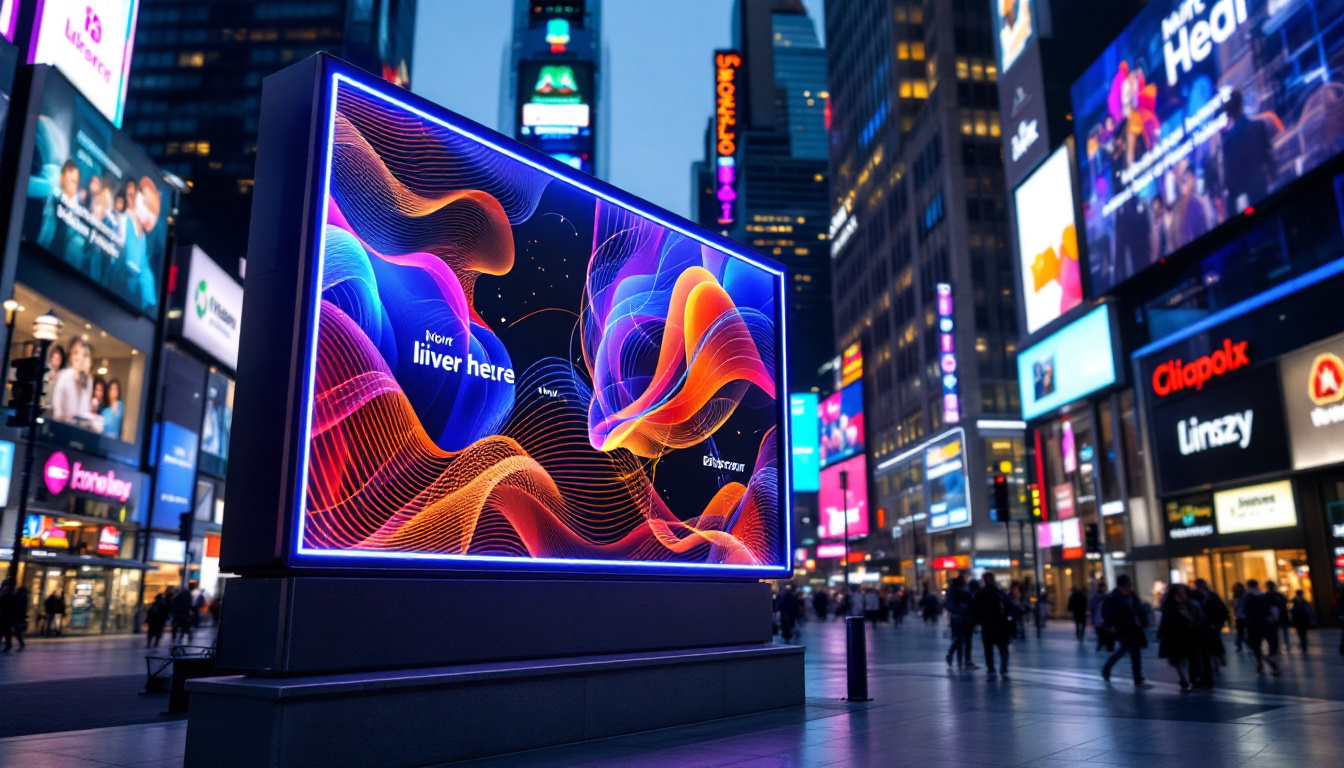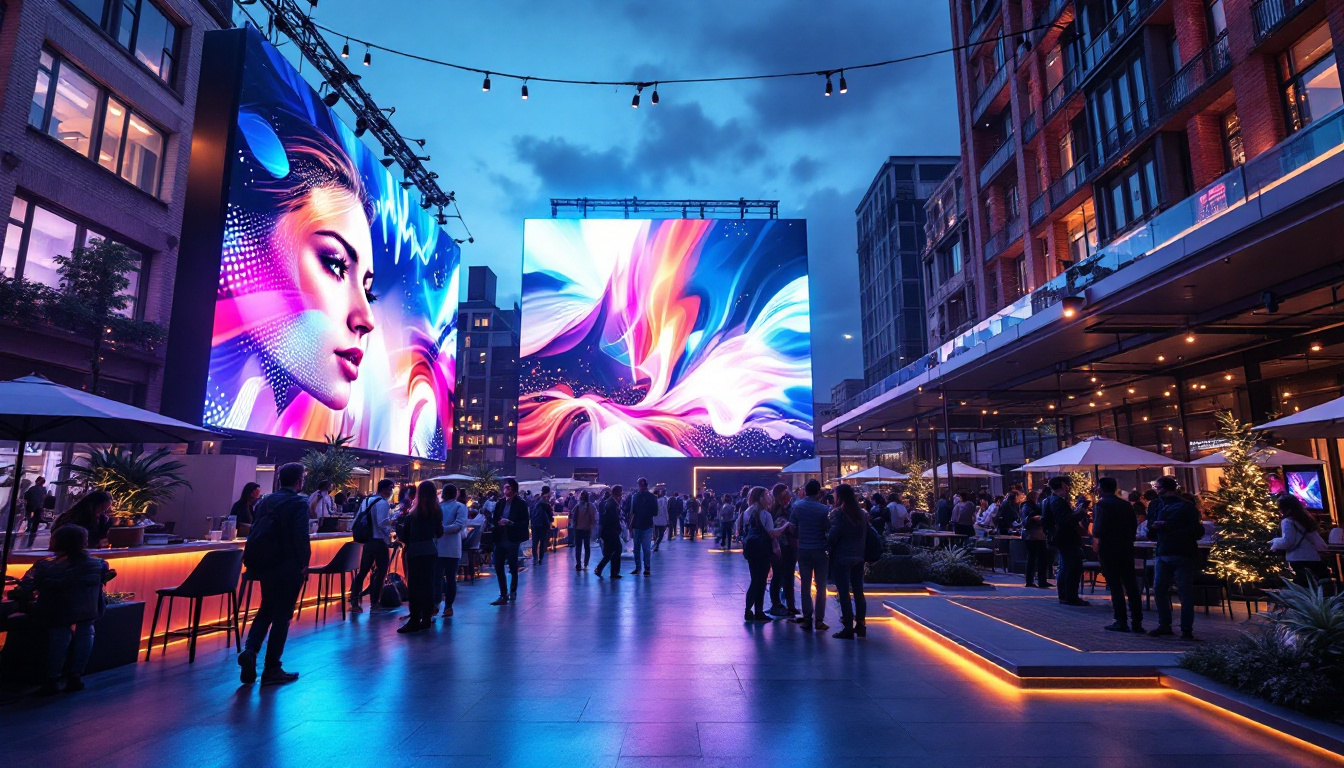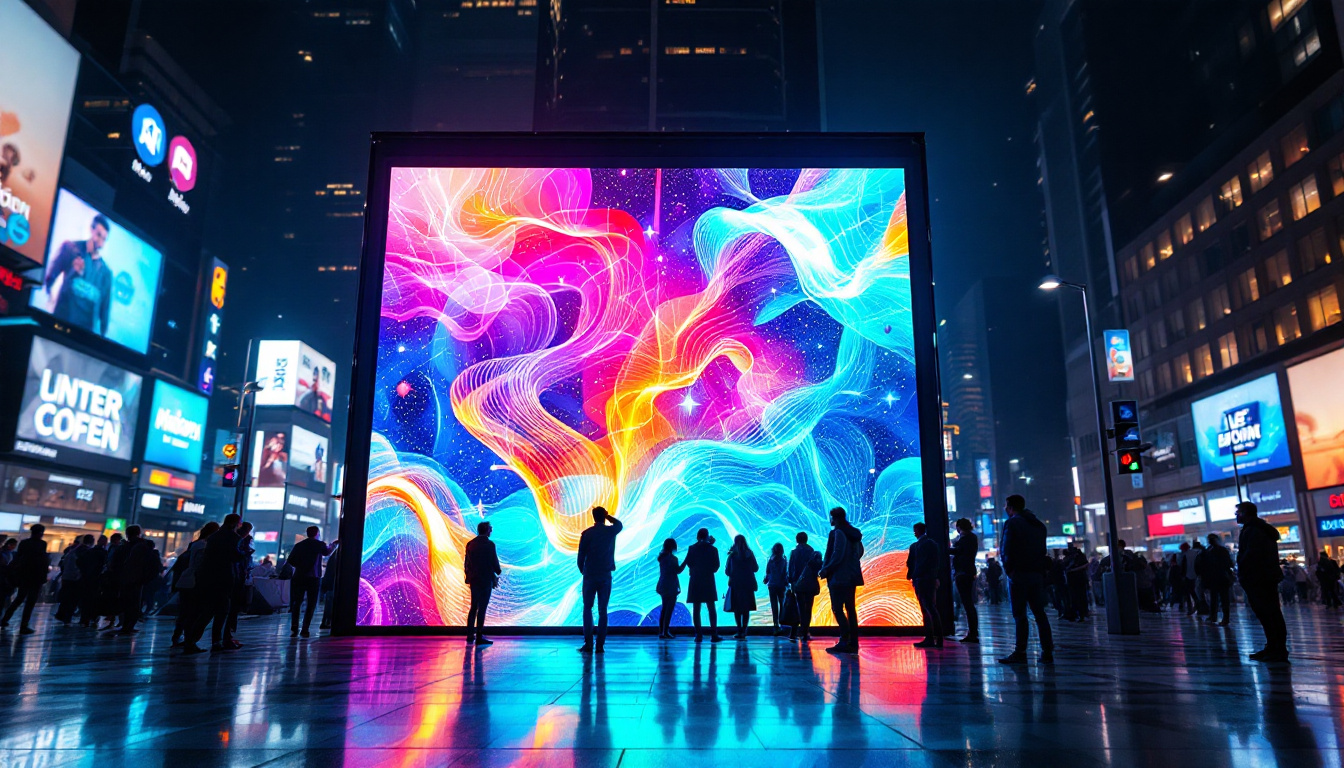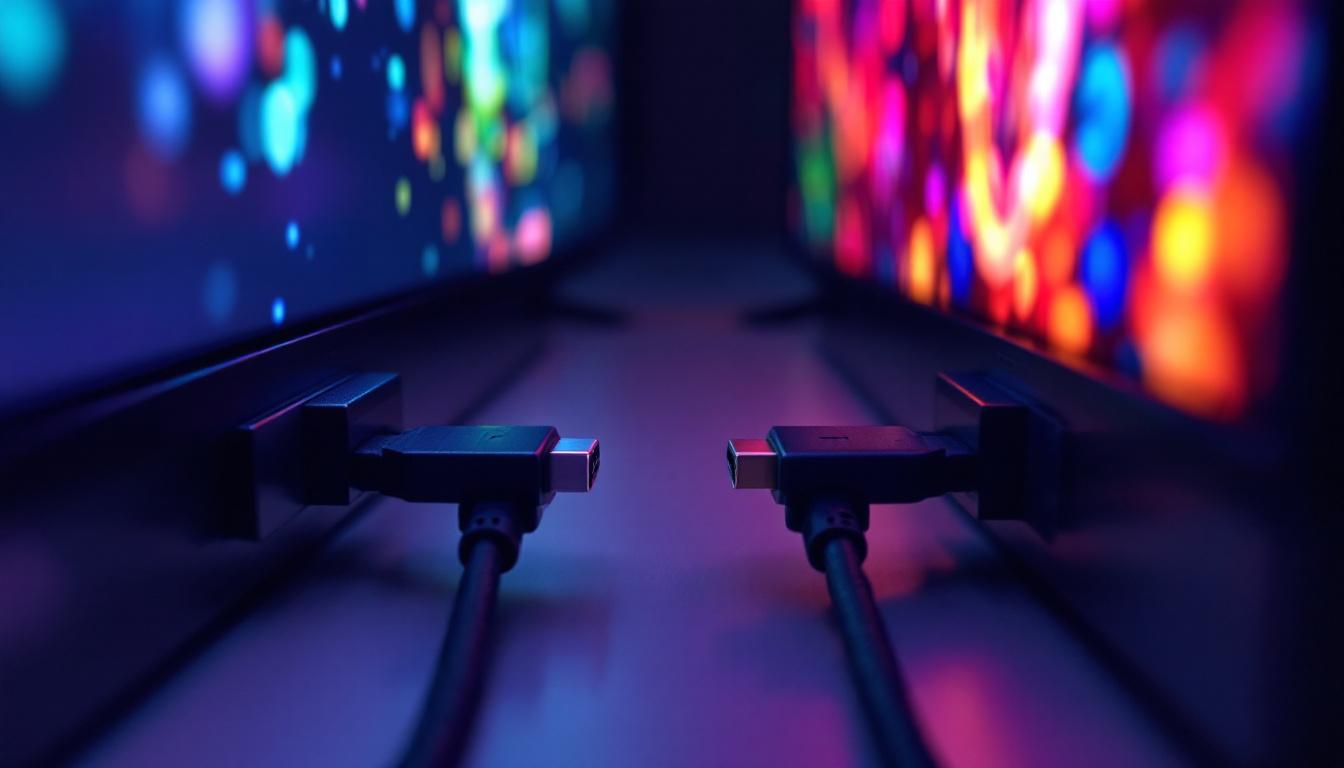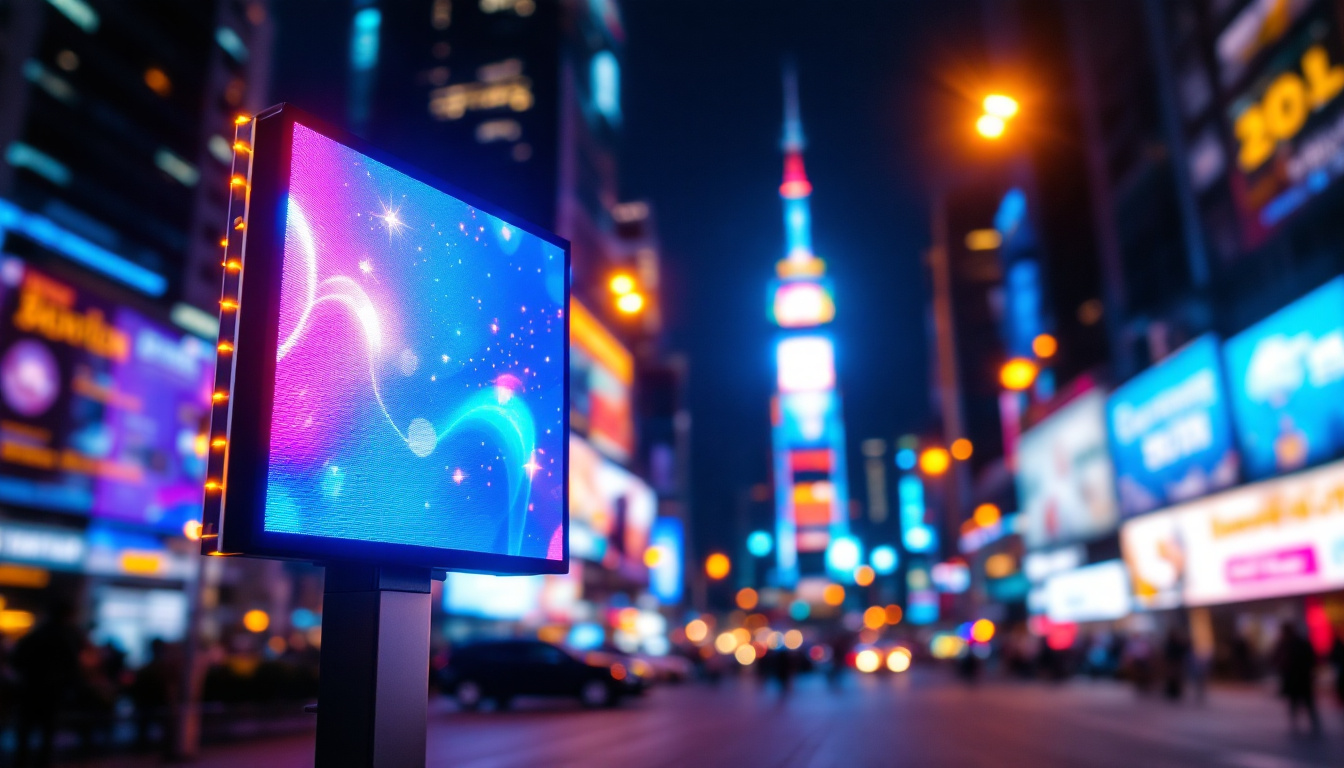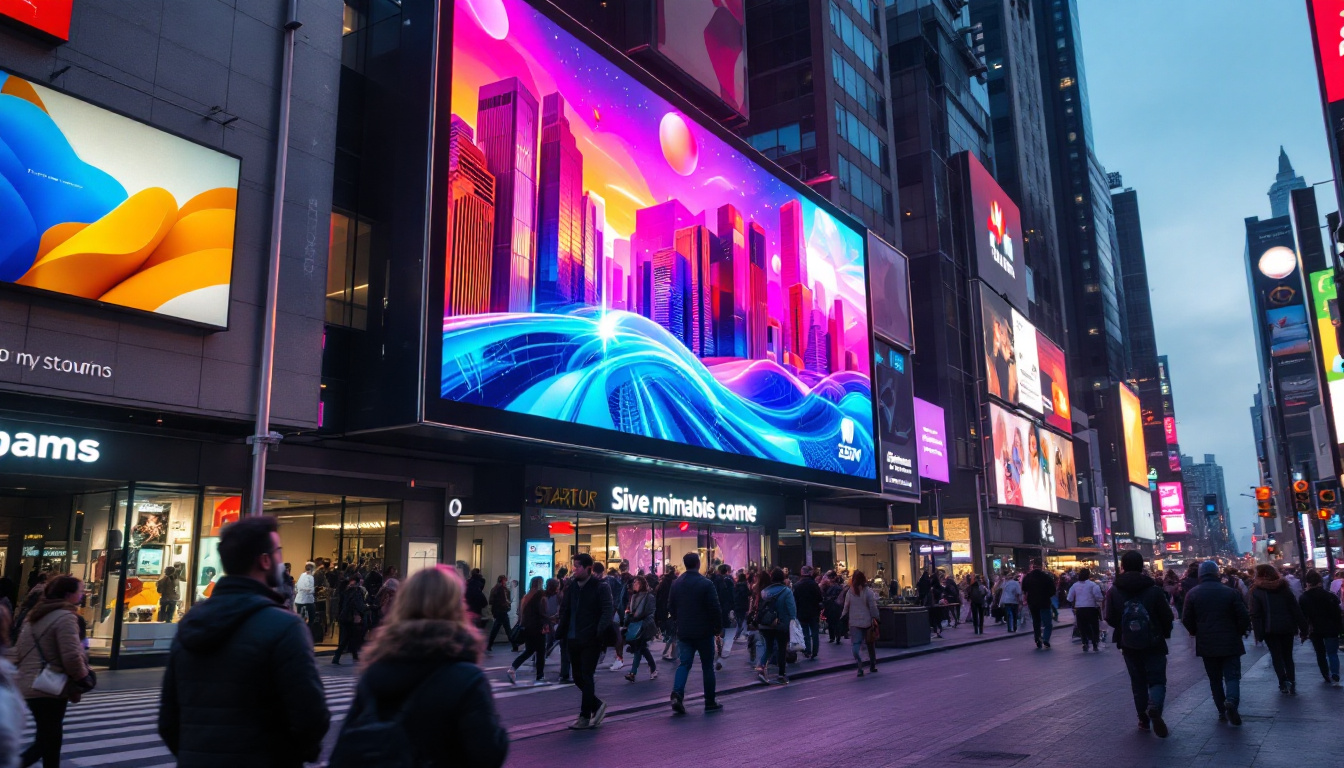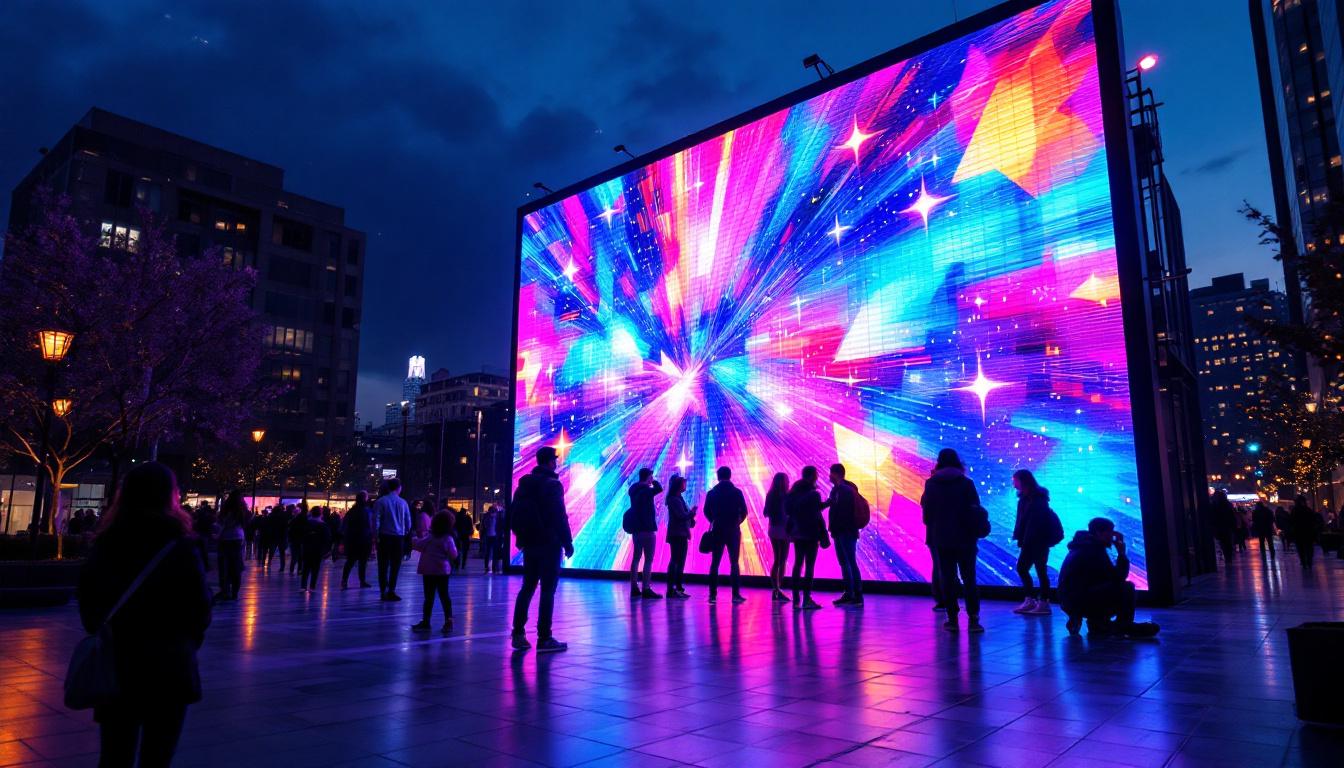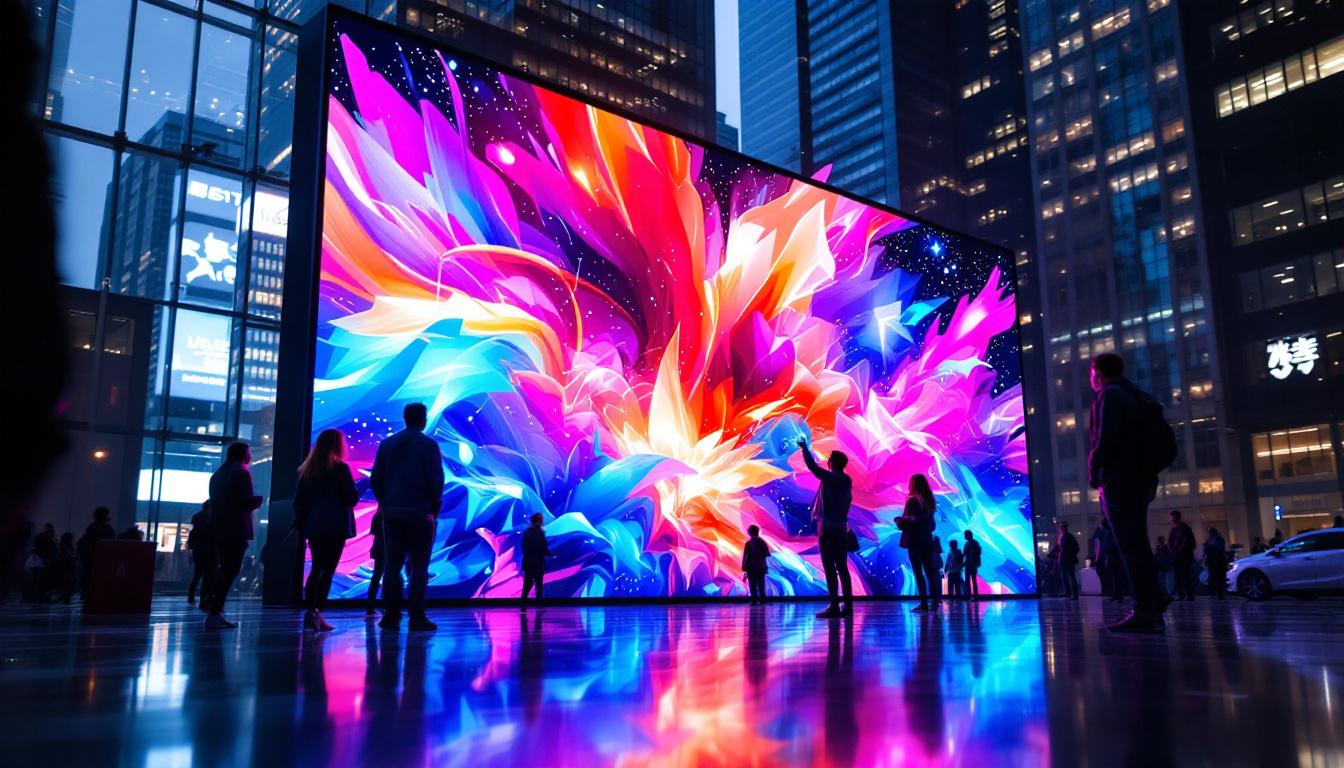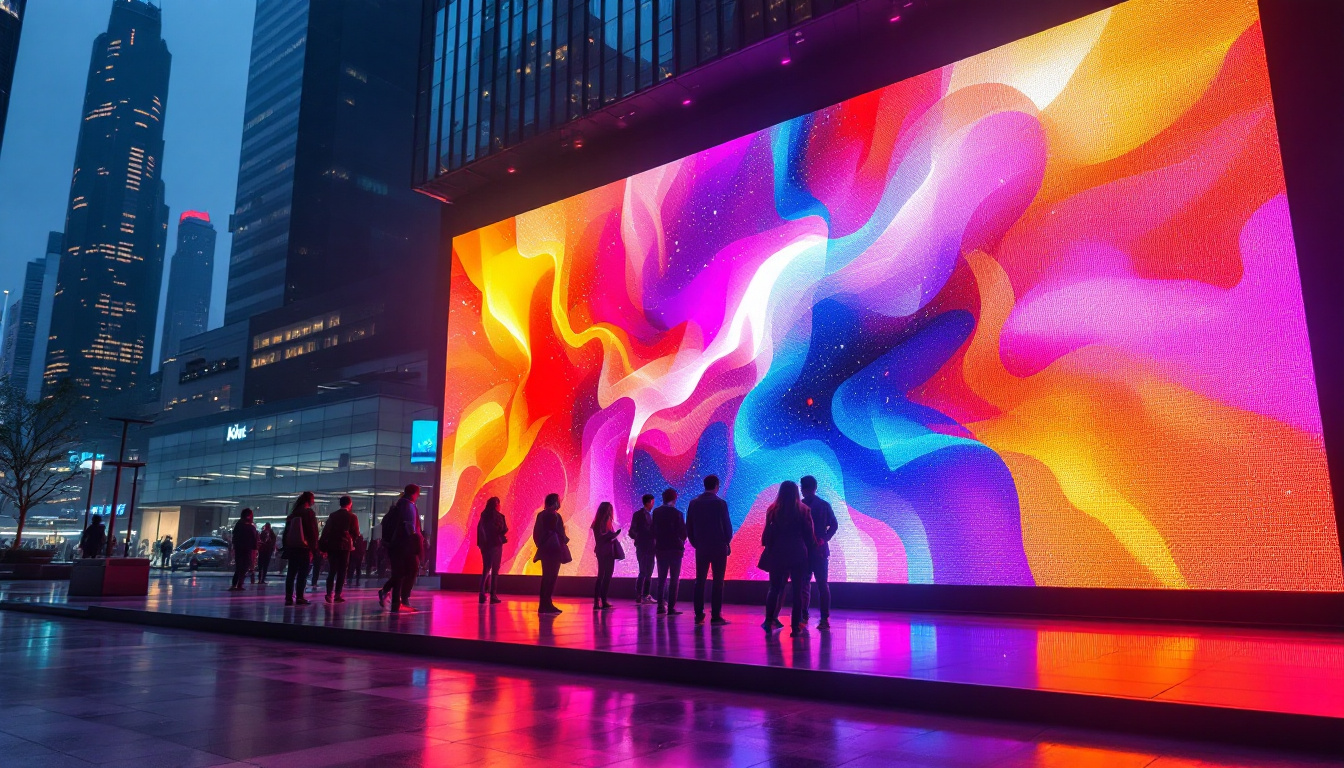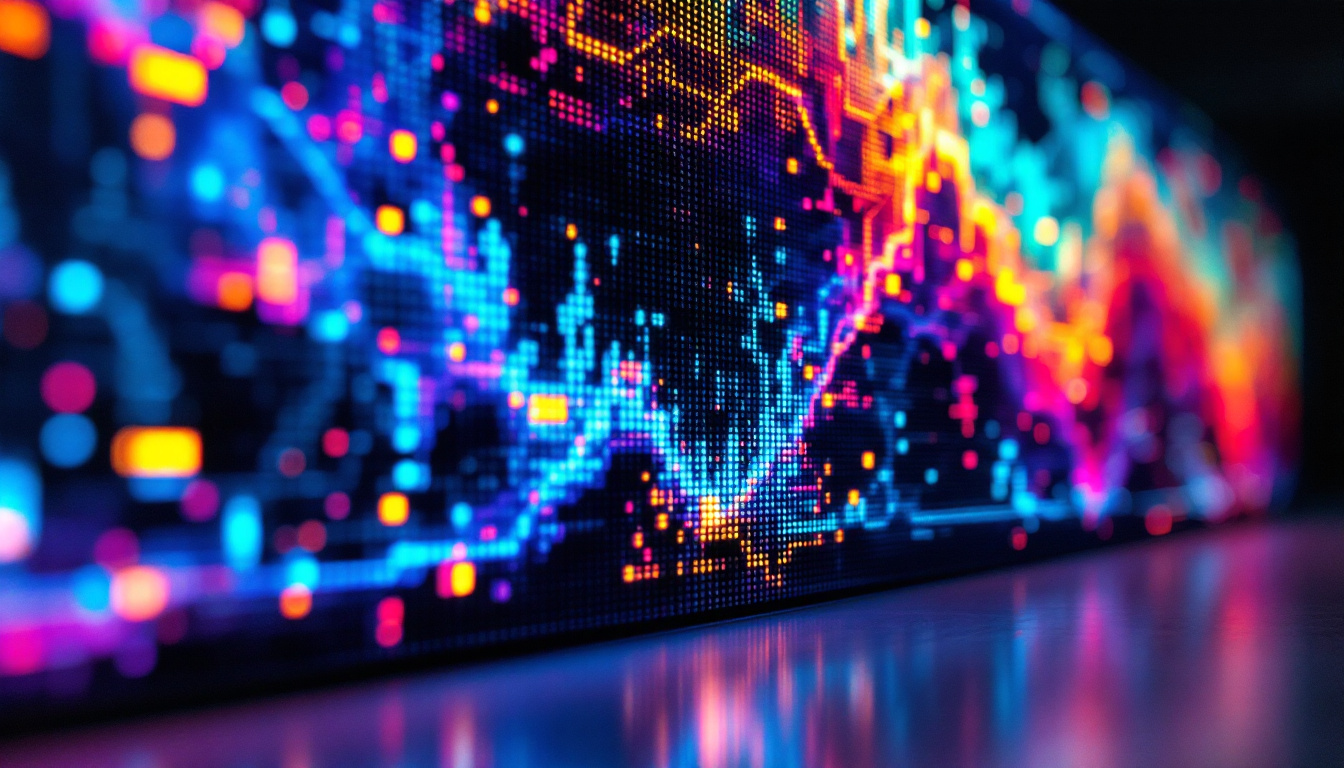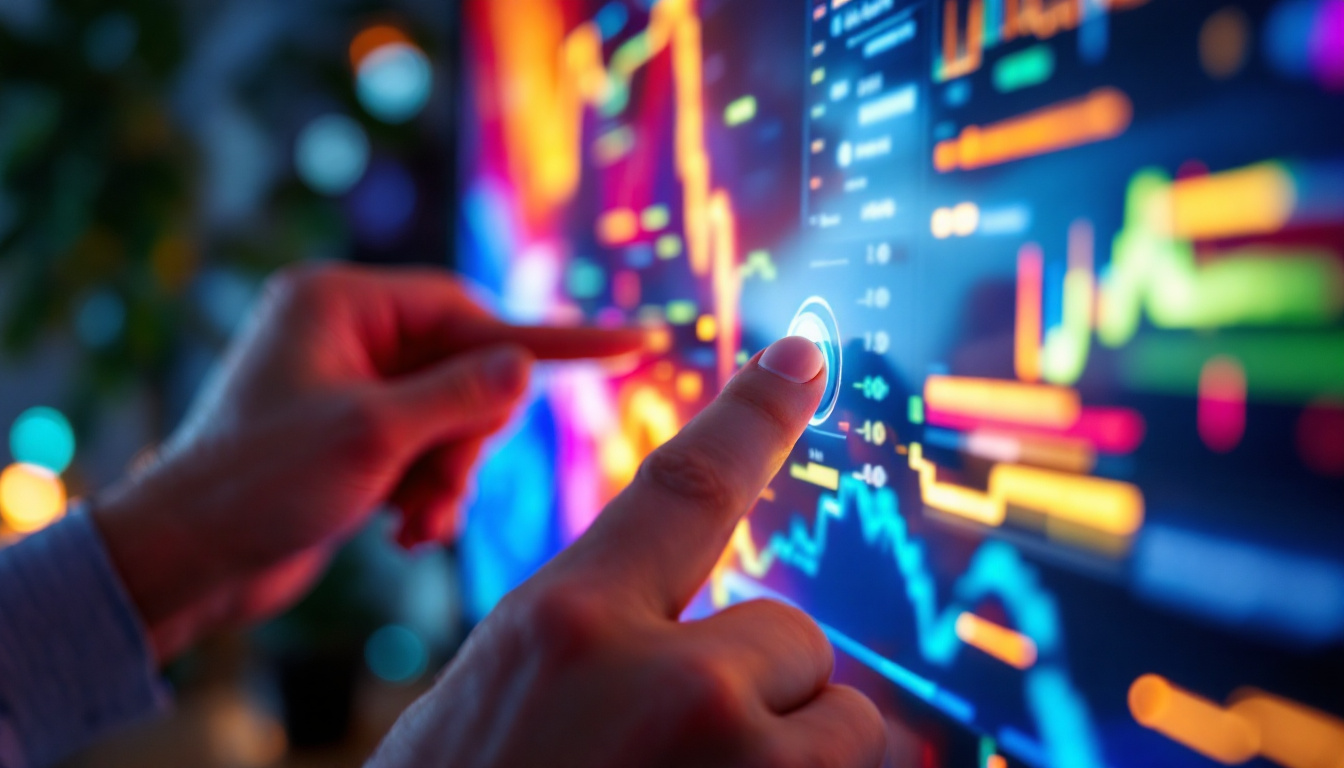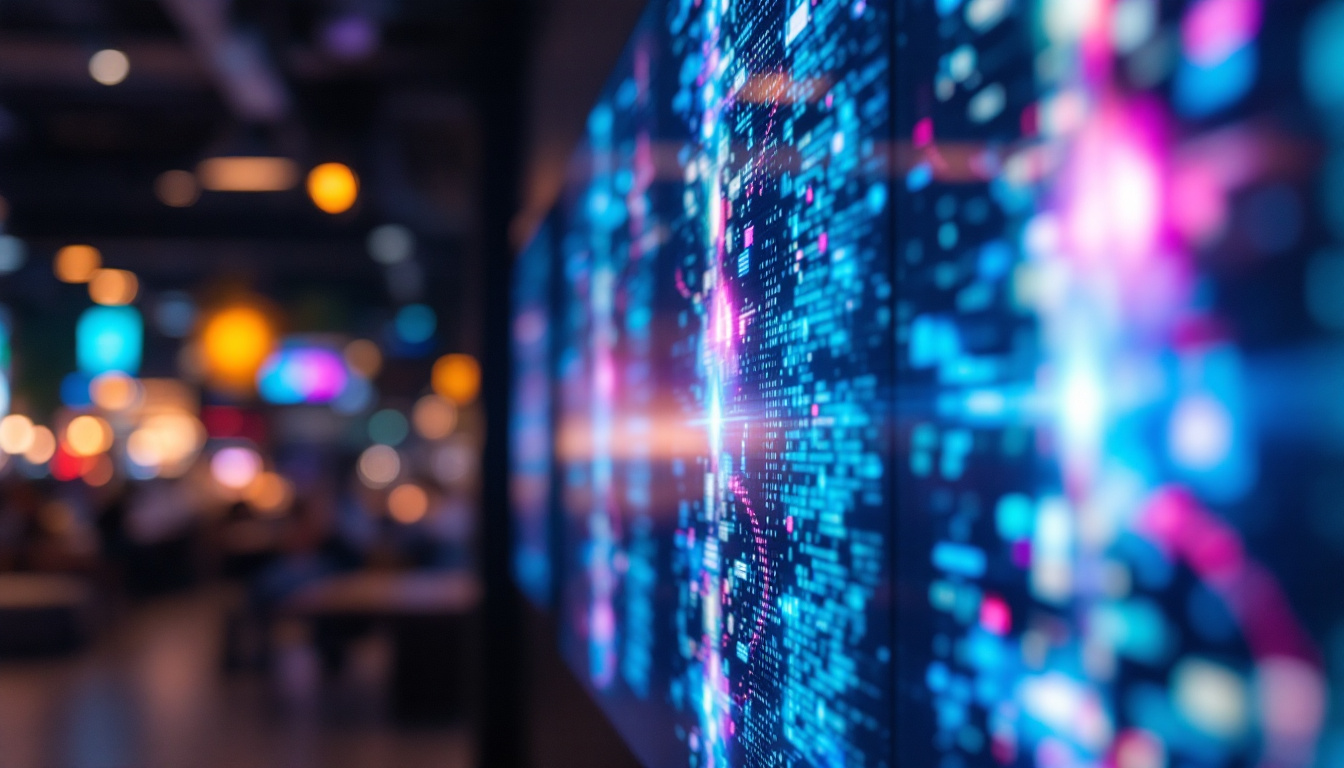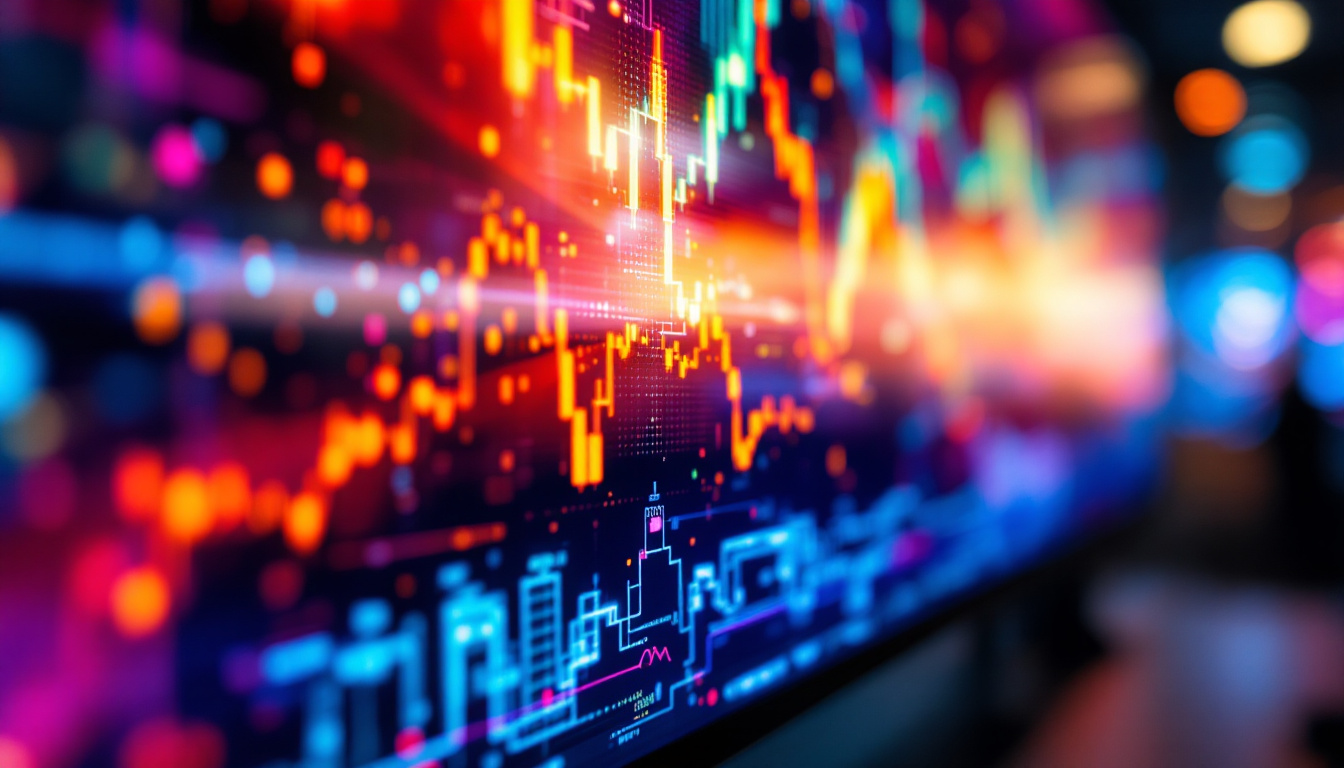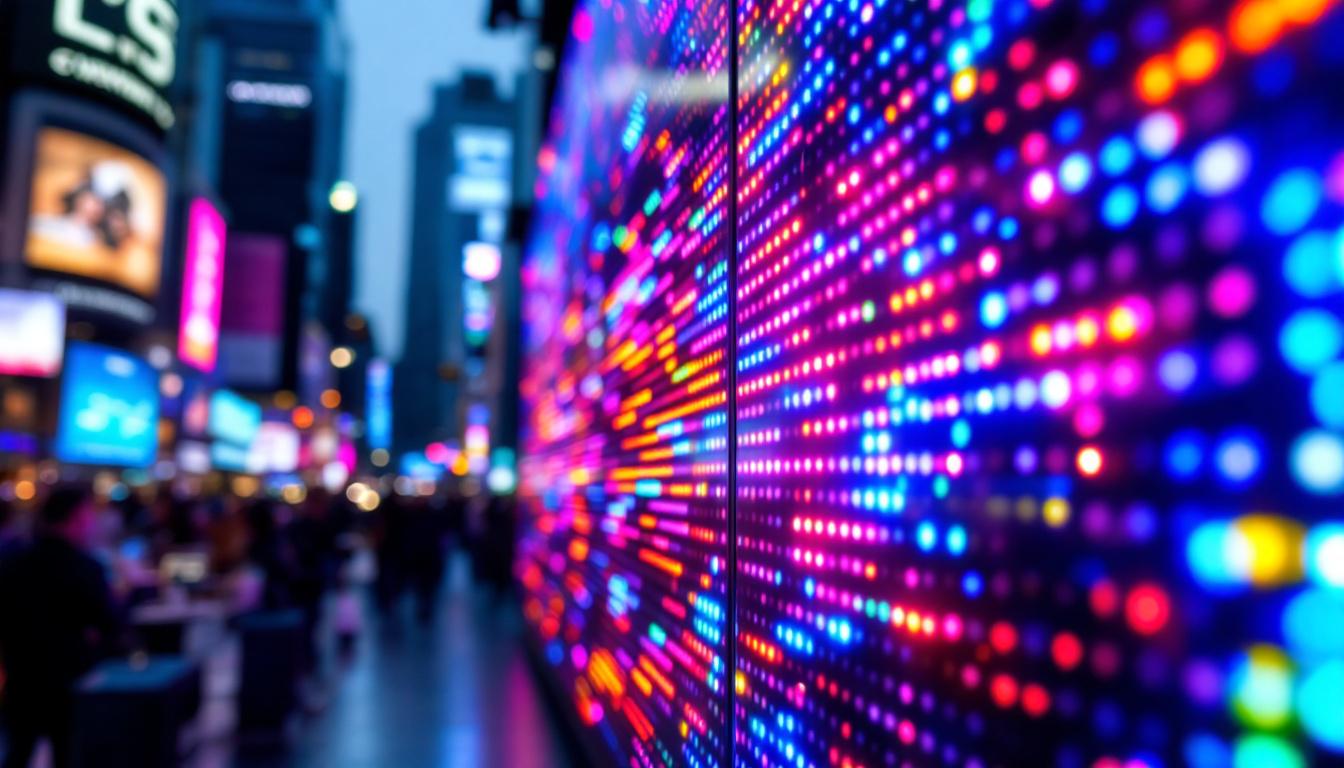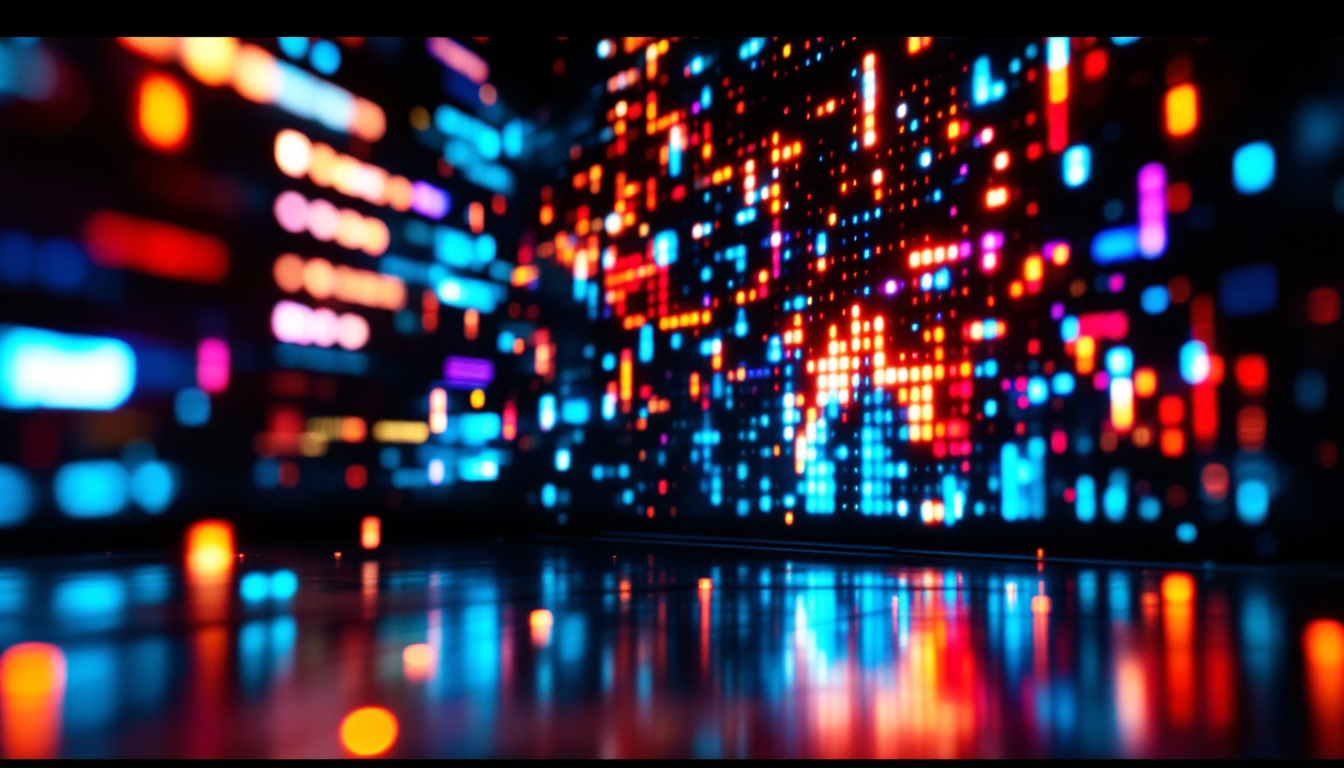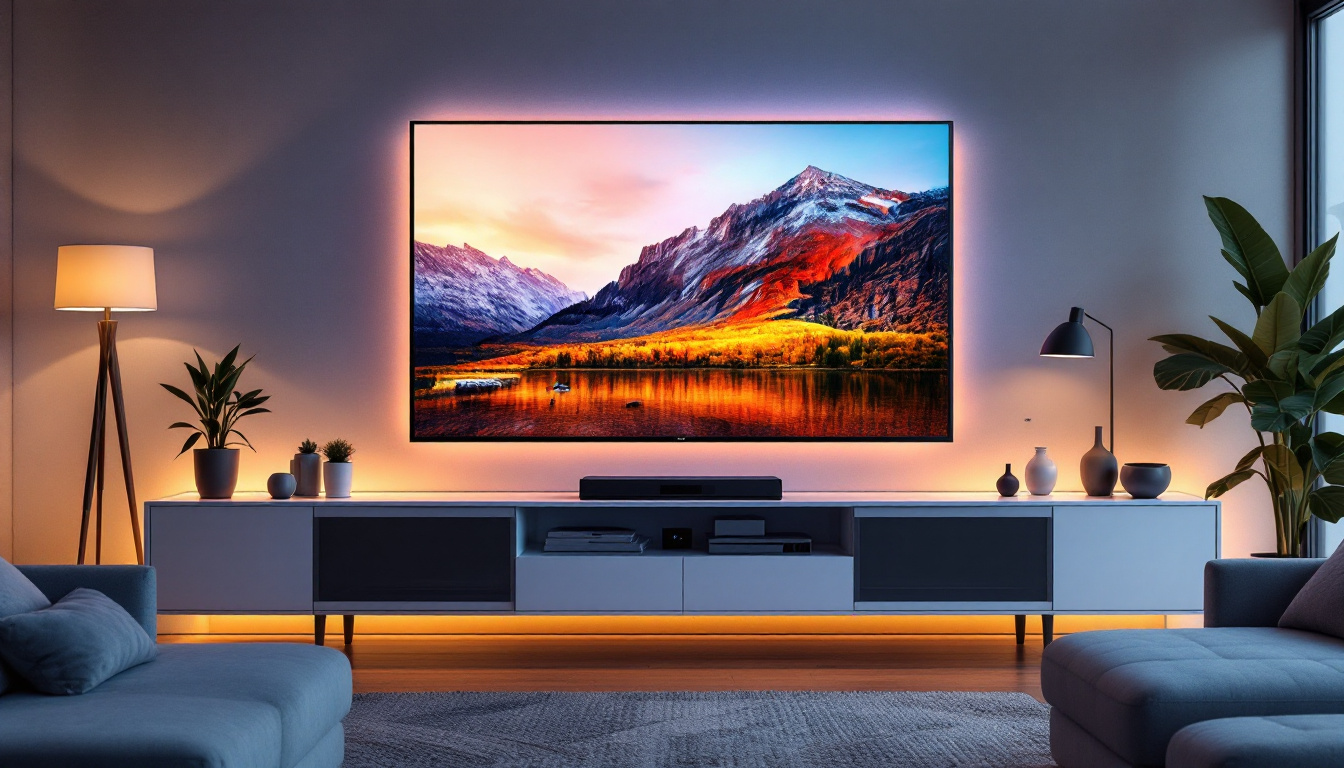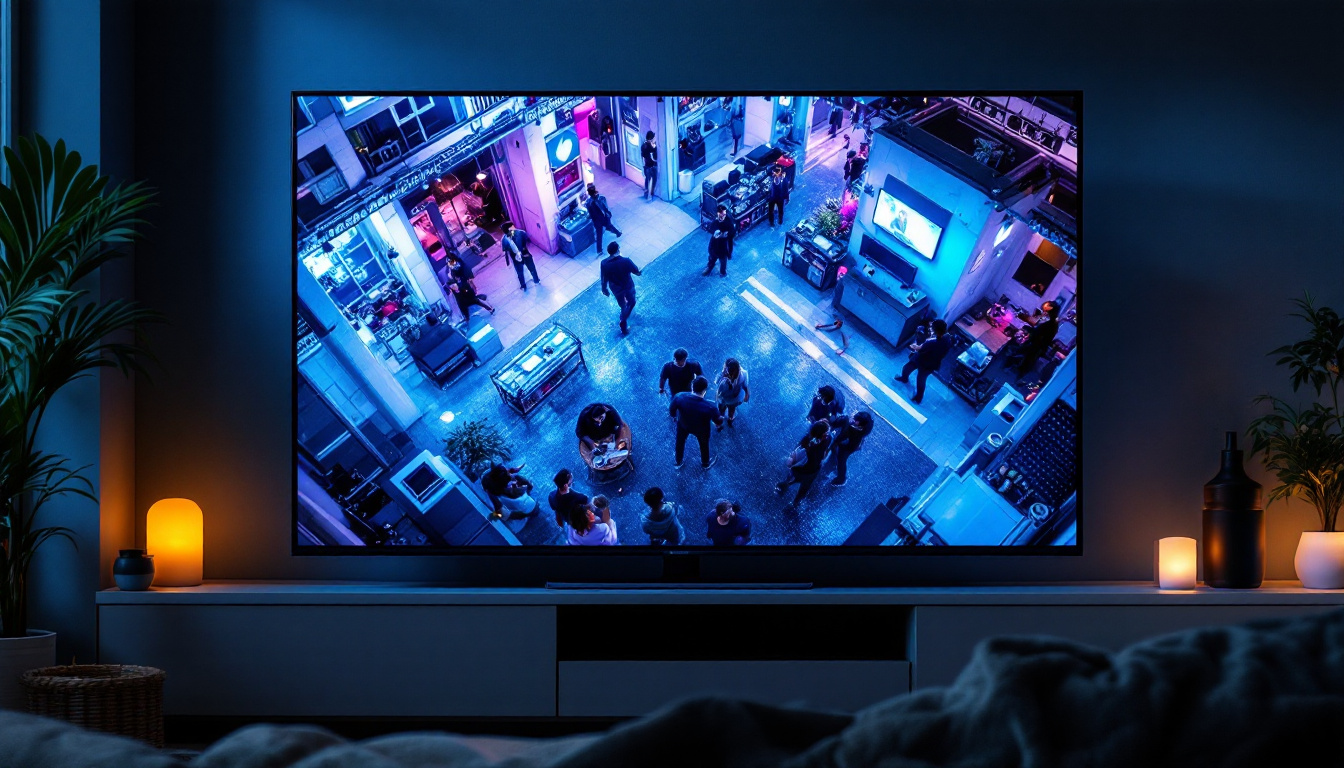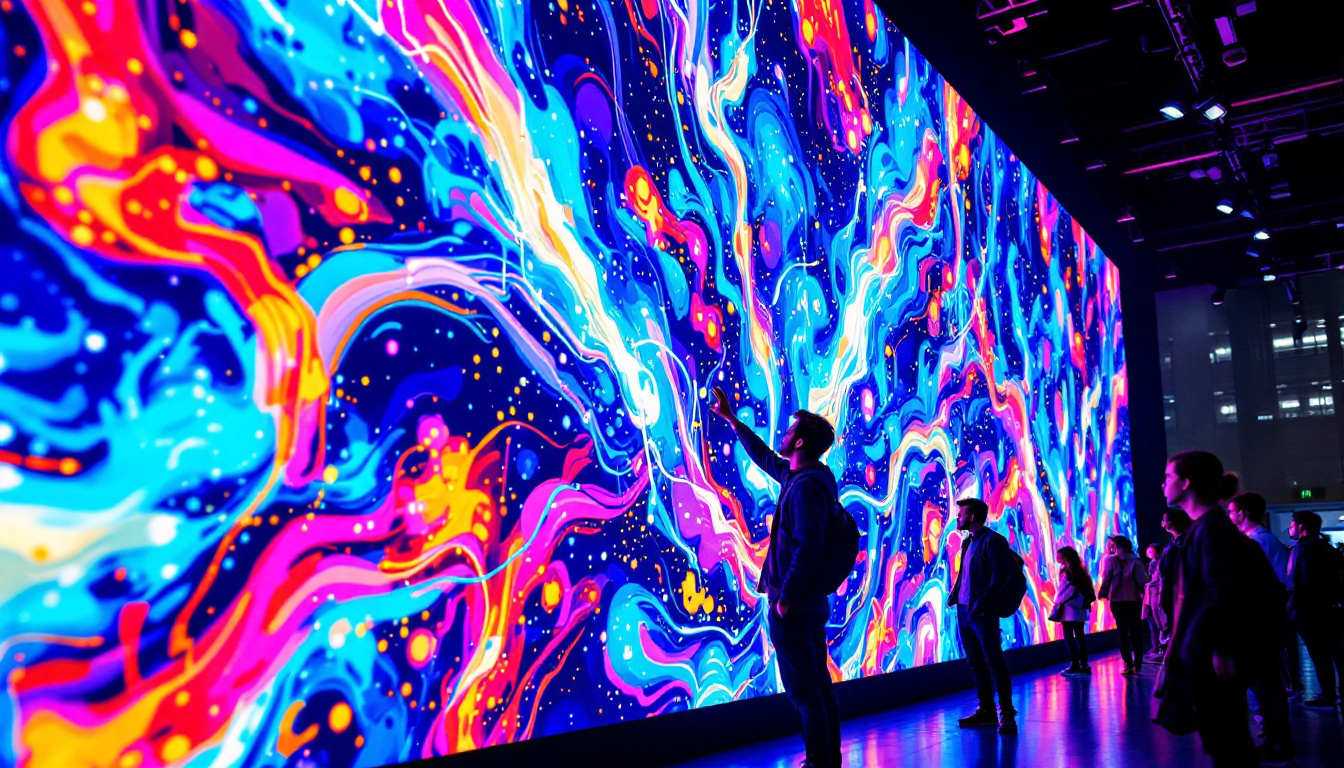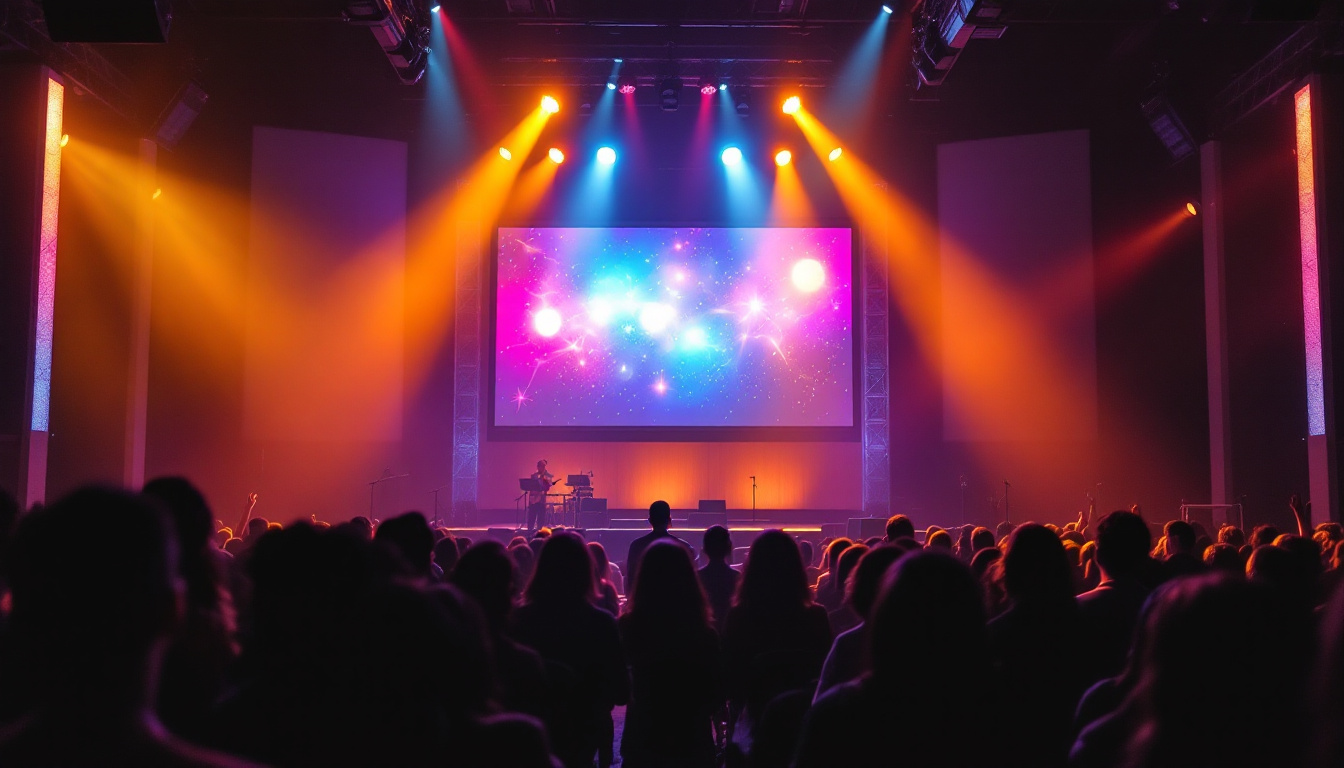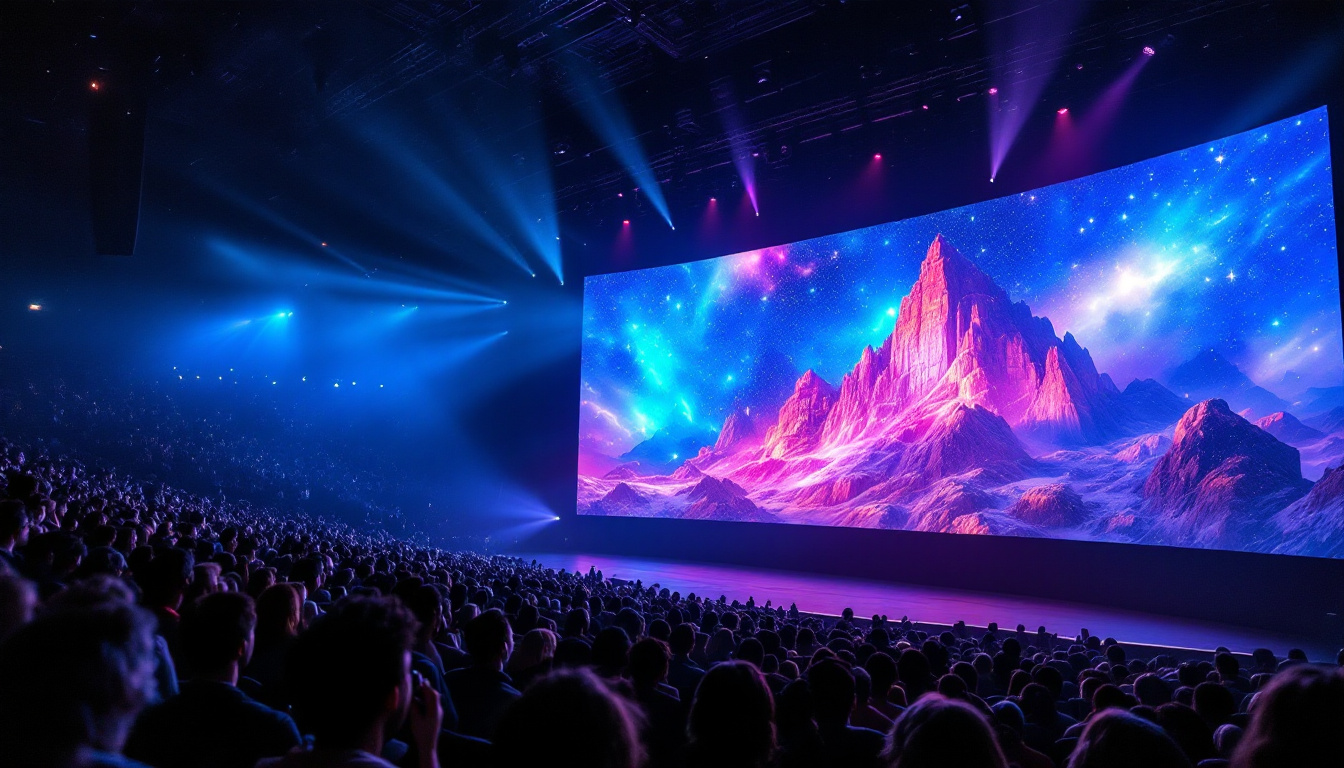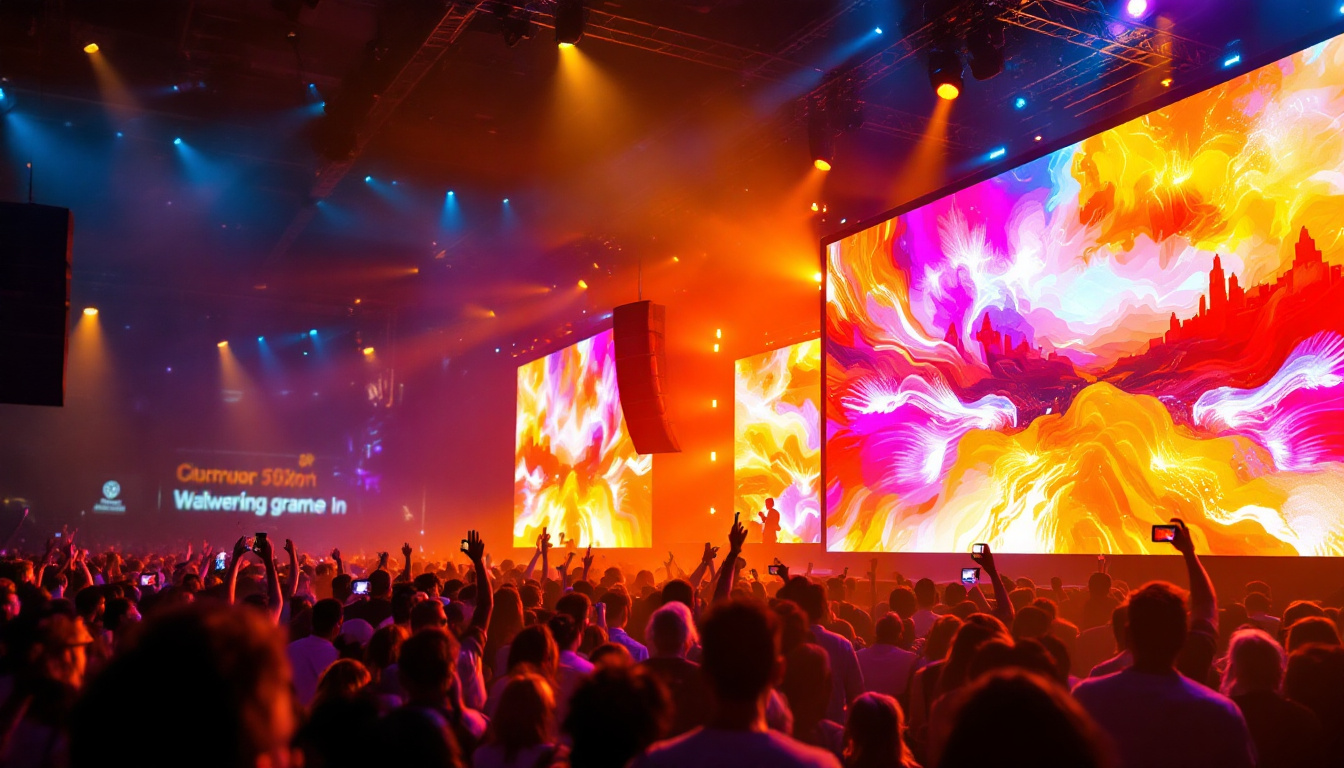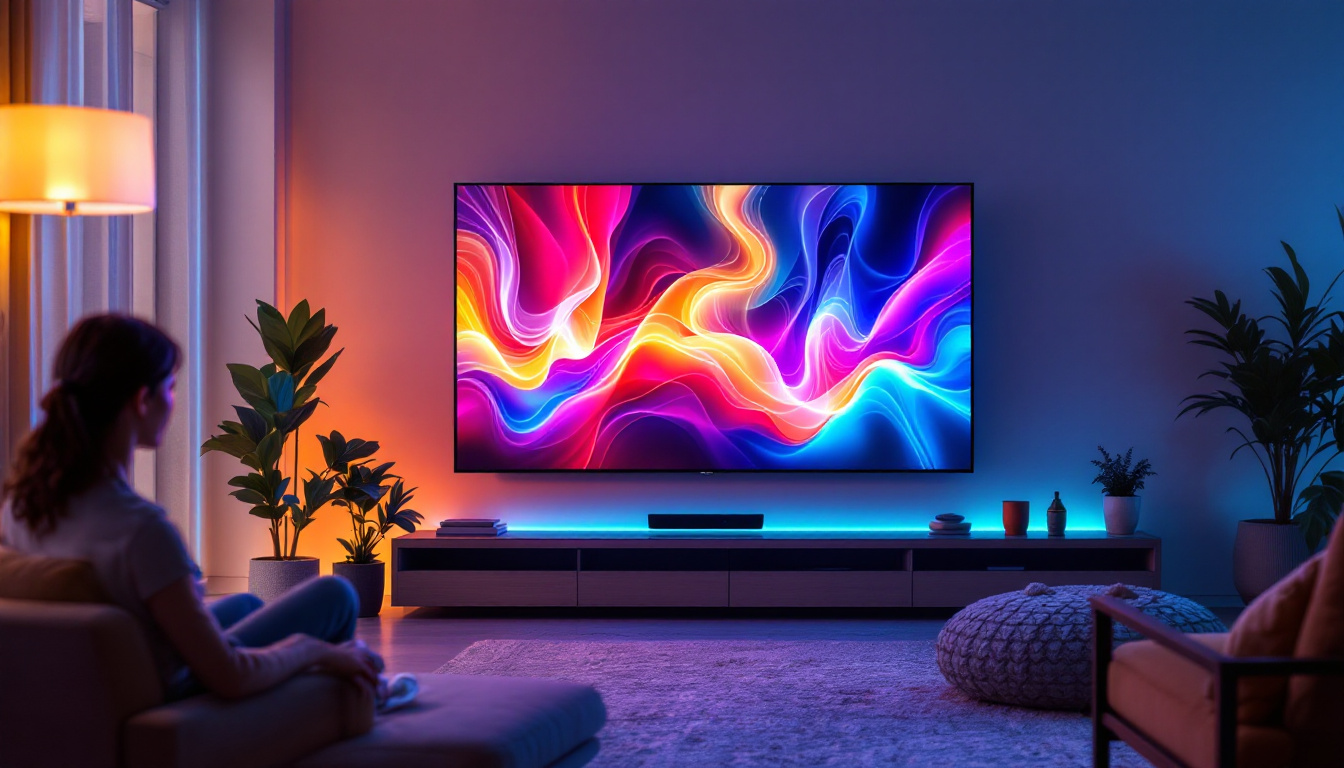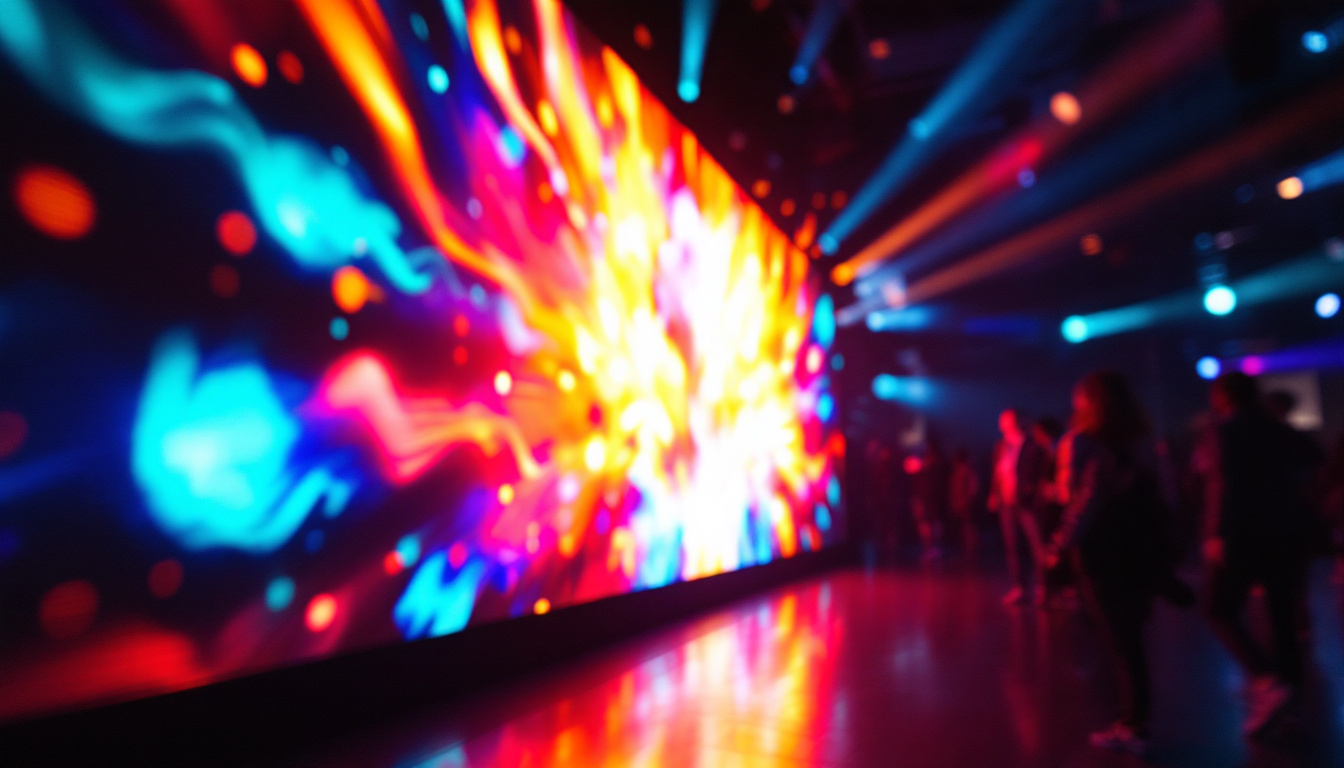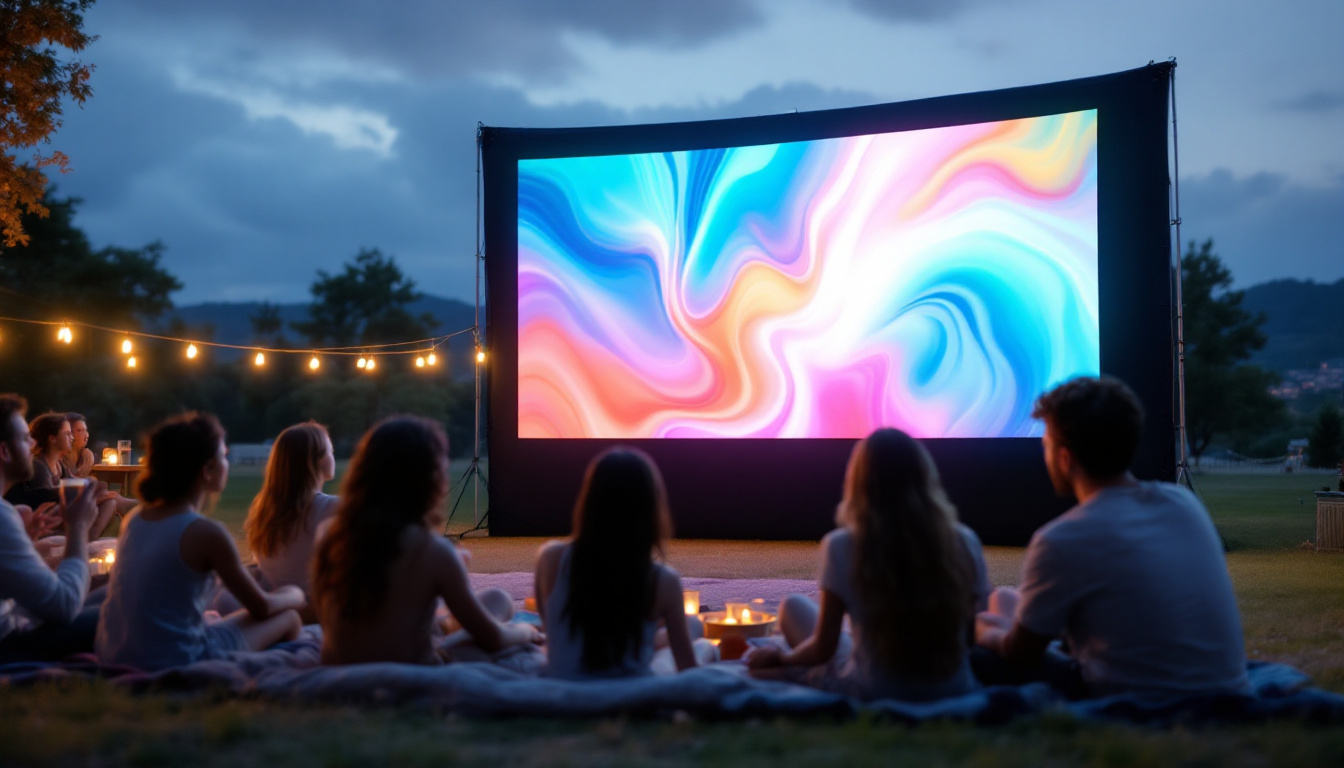In the rapidly evolving world of technology, LED displays have emerged as a prominent feature across various industries. Their versatility, energy efficiency, and vibrant color reproduction make them a popular choice for everything from advertising billboards to television screens. This article delves into the intricacies of lighted crystal displays, particularly focusing on LED technology, its advantages, applications, and future trends.
Understanding LED Technology
LED, or Light Emitting Diode, is a semiconductor device that emits light when an electric current passes through it. The technology behind LEDs has advanced significantly since its inception, leading to the development of high-quality displays that are widely used today. Initially, LEDs were limited to simple indicator lights, but as materials and manufacturing processes improved, they became capable of producing vibrant colors and high brightness levels, paving the way for their integration into various applications, from lighting to display technology.
The Basics of LED Operation
At its core, an LED display consists of numerous tiny diodes arranged in a grid. Each diode can emit light in various colors, depending on the materials used in its construction. When powered, these diodes illuminate, creating images and text that can be viewed from a distance. The combination of red, green, and blue (RGB) LEDs allows for the creation of a full spectrum of colors, making the displays visually appealing. This RGB combination is not only crucial for color mixing but also for achieving different brightness levels, which can enhance the viewing experience in various lighting conditions.
One of the key advantages of LED technology is its efficiency. Unlike traditional incandescent bulbs, which generate light through heat, LEDs produce light through electroluminescence, resulting in lower energy consumption and longer lifespans. This efficiency translates to reduced operational costs and a lower environmental impact. Moreover, the durability of LEDs means they are less prone to breakage compared to fragile incandescent bulbs, making them a more reliable choice for both consumer and commercial applications. As a result, many industries are increasingly adopting LED technology as part of their sustainability initiatives.
Types of LED Displays
LED displays come in various forms, each tailored to specific applications. The most common types include:
- Direct View LED Displays: These are typically used for large outdoor screens, such as those found in stadiums or on billboards. They are designed to be viewed from a distance and can withstand harsh weather conditions. Their brightness and visibility in daylight make them ideal for advertising and public announcements.
- LED Backlit Displays: Commonly used in televisions and monitors, these displays utilize LEDs to illuminate an LCD panel from behind, enhancing brightness and color accuracy. This technology not only improves the viewing experience but also allows for slimmer designs, making modern TVs more aesthetically pleasing.
- Organic LED (OLED) Displays: A more advanced form of LED technology, OLED displays use organic compounds to emit light. They offer superior color reproduction and contrast ratios, making them ideal for high-end televisions and smartphones. Additionally, OLED technology allows for flexible displays, opening up new possibilities in design and functionality.
Another emerging type of LED display is the MicroLED, which consists of microscopic LEDs that can be individually controlled. This technology promises even greater efficiency and color accuracy while eliminating the need for backlighting, resulting in thinner and lighter displays. MicroLEDs are gaining traction in the market for applications ranging from large-scale video walls to wearable technology, showcasing the versatility and potential of LED advancements in the future.
Advantages of LED Displays
The popularity of LED displays can be attributed to several significant advantages that set them apart from traditional display technologies.
Energy Efficiency
One of the most compelling benefits of LED displays is their energy efficiency. Compared to traditional lighting technologies, LEDs consume significantly less power, resulting in lower electricity bills. This efficiency is particularly advantageous for large-scale installations, such as outdoor advertising, where displays are operational for extended periods. Moreover, the reduced energy consumption contributes to a smaller carbon footprint, aligning with global efforts to promote sustainability and environmental responsibility. As businesses and organizations increasingly prioritize eco-friendly practices, the adoption of LED technology becomes a strategic choice that reflects a commitment to reducing environmental impact.
Longevity and Durability
LED displays are known for their impressive lifespan, often lasting up to 100,000 hours or more. This longevity means less frequent replacements, reducing maintenance costs and downtime. Additionally, LEDs are more resistant to shock and vibration than traditional bulbs, making them suitable for various environments, including industrial settings. Their robust construction also allows them to withstand extreme weather conditions, making them ideal for outdoor use. This durability ensures that LED displays maintain their performance and visual quality over time, even in challenging conditions, which is particularly important for businesses that rely on consistent visibility and engagement with their audience.
Vibrant Color and Brightness
LED technology allows for a wide range of colors and brightness levels, resulting in stunning visuals that can capture attention. The ability to produce bright, vibrant displays makes LEDs ideal for advertising and entertainment purposes, where visual impact is crucial. Furthermore, the advanced color mixing capabilities of LED displays enable the creation of dynamic and eye-catching graphics that can be easily customized to suit specific branding needs. This versatility not only enhances the aesthetic appeal but also allows for innovative marketing strategies, such as interactive displays that engage viewers and encourage participation. As a result, businesses can leverage the powerful visual capabilities of LED technology to create memorable experiences that resonate with their target audience.
Applications of LED Displays
LED displays have found applications across numerous sectors, demonstrating their versatility and effectiveness.
Advertising and Marketing
In the realm of advertising, LED displays have revolutionized how brands communicate with consumers. digital billboards and storefront displays can easily change content, allowing for dynamic advertising that captures attention. This adaptability not only enhances marketing strategies but also enables real-time updates, making it easier for businesses to respond to market trends.
Entertainment and Events
Concerts, festivals, and sporting events have increasingly adopted LED displays for stage backdrops and scoreboards. The ability to create large, high-resolution screens enhances the audience experience, providing clear visuals from any angle. Additionally, LED technology allows for creative lighting effects that can elevate performances.
Public Information Displays
LED displays are also widely used for public information, such as transit schedules, weather updates, and emergency alerts. Their visibility and clarity make them ideal for conveying important messages to the public, ensuring that information is accessible and easily understood.
Challenges and Considerations
Despite their many advantages, LED displays are not without challenges. Understanding these challenges is essential for making informed decisions regarding their use.
Initial Cost
While LED displays offer long-term savings through energy efficiency and durability, the initial investment can be significant. High-quality LED installations may require substantial upfront costs, which can be a barrier for some businesses. However, it is essential to view this as a long-term investment rather than a short-term expense.
Heat Management
LED displays generate heat during operation, which can affect performance and lifespan if not managed properly. Adequate cooling systems must be in place to ensure that the displays operate efficiently and do not overheat. This consideration is particularly important for large installations where heat dissipation can be a concern.
Viewing Angles
While LED displays offer excellent brightness and color reproduction, their viewing angles can vary depending on the technology used. Some displays may not maintain color accuracy or brightness when viewed from extreme angles. It is crucial to consider the intended viewing environment when selecting an LED display to ensure optimal performance.
Future Trends in LED Display Technology
The future of LED display technology is bright, with ongoing innovations that promise to enhance their capabilities and applications.
MicroLED Technology
MicroLED is an emerging technology that promises to revolutionize displays by using tiny individual LEDs to create images. This technology offers several advantages, including improved color accuracy, higher brightness levels, and greater energy efficiency. MicroLED displays are expected to become more common in consumer electronics, including televisions and smartphones.
Flexible and Transparent Displays
As technology advances, the development of flexible and transparent LED displays is gaining traction. These displays can be integrated into various surfaces, such as windows or curved structures, opening new possibilities for advertising and design. The ability to create displays that blend seamlessly into their surroundings will transform how information is presented in urban environments.
Smart LED Displays
With the rise of the Internet of Things (IoT), smart LED displays are becoming increasingly popular. These displays can connect to the internet, allowing for real-time content updates and interactive features. Businesses can leverage data analytics to tailor content based on audience behavior, enhancing engagement and effectiveness.
Conclusion
Lighted crystal displays, particularly those utilizing LED technology, have transformed the way information is presented and consumed. Their energy efficiency, longevity, and vibrant color reproduction make them an attractive option for various applications, from advertising to public information. While challenges exist, ongoing advancements in technology promise to address these issues and expand the possibilities for LED displays.
As industries continue to embrace digital transformation, the role of LED displays will only grow in significance. Understanding the intricacies of this technology is essential for businesses looking to leverage its potential and stay ahead in an increasingly competitive landscape. The future of LED displays is undoubtedly bright, with innovations that will shape how we interact with visual information in the years to come.
Explore the Future of Visual Display with LumenMatrix
As you consider the vast potential and transformative power of LED displays, LumenMatrix stands at the forefront of this technological evolution. Our commitment to innovation is evident in our diverse range of LED display solutions, designed to meet the dynamic needs of any business. From Indoor and Outdoor LED Walls to specialized displays for vehicles, sports, and custom installations, LumenMatrix is dedicated to enhancing your brand’s visibility and creating immersive visual experiences. Embrace the future of digital signage with us and revolutionize your visual communication. Check out LumenMatrix LED Display Solutions today and see how we can illuminate your message with brilliance and precision.


